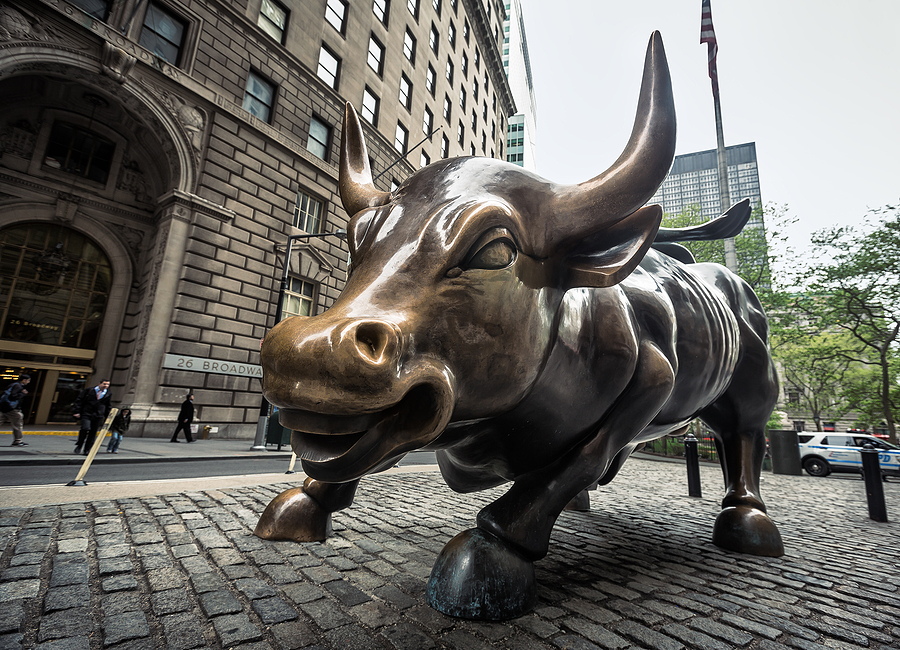The economic landscape today can seem confusing. One minute, the stock market is soaring because the Federal Reserve might cut interest rates. The next, shoppers at the grocery store are wincing at the price of eggs, wondering if they will ever catch a break.
So, are interest rate reductions beacon of hope for everyday Americans, or just another headline for the financial media? For folks on Main Street, this might sound like distant policy wonkery, but these decisions hit home.
When the Fed lowers rates, the goal is to make borrowing easier and less expensive. The Fed does this by offering a “sale” on money. The people who benefit most are those who borrow money (homebuyers, car buyers, or small business owners, etc.) because debt becomes cheaper and access to credit improves. For example, a half-point rate drop could save a family $100–$200 a month on a $300,000 mortgage. For a young couple trying to buy their first home, these savings are meaningful.
But there’s a flip side. Savers, retirees, and renters may not feel the same relief. Lower rates often mean lower returns on savings accounts and CDs. Renters could even see higher costs as cheaper credit fuels demand for housing, driving up prices.
Student debt tells a more complicated story. Borrowers with existing federal loans won’t see a change, since those loans are fixed rate. However, future federal borrowers could get slightly lower rates, and students with private variable-rate loans may see monthly payments dip. Refinancing could also become a smarter move in a low-rate world, freeing up cash for things like rent, groceries, or investments. It’s the kind of thing millions discuss at the kitchen table, weighing options to refinance or just keep chipping away at the balance.
Cheaper credit can spark more spending, but if everyone’s buying, demand might outpace supply, keeping prices for groceries, gas, or utilities stubbornly high. A rate cut might help with car payments, but eggs or electricity bills will not shrink overnight. For those stretching every dollar, these situations can be frustrating (and policy makers face the blame.) Affordability remains a challenge when inflation is unpredictable, even in a low-rate environment.
Lower borrowing costs usually encourage businesses to expand, invest, and hire. Industries like retail, hospitality, and construction often see a boost. For example, a contractor may consider hiring extra hands for a new project, a restaurant owner may consider expanding the menu, and manufacturers may look at upgrading equipment. These moves can create jobs and nudge wages up over time.
Wall Street feels the effects of rate cuts quicker. Traders bet on rate cuts before they even happen, sending stocks soaring. Main Street? That moves on a much slower timeline. It might take months for a small business to refinance a loan or for new jobs to materialize. That lag can make Fed moves feel like they’re happening in another universe, even though these policies eventually have a ripple effect into the lives of everyone.
So why should Americans care about the Fed cutting rates? Because these decisions quietly shape household budgets, job opportunities, and even retirement security. A rate cut could mean the difference between affording a car repair or putting it on a credit card. It could free up money for childcare or groceries or, conversely, make savings accounts that yield next to nothing.
Everyday Americans don’t control or even vote for Fed policy, but they can take steps to prepare for its decisions. Paying down high-interest debt before rates shift can free up cash. Exploring refinancing options for mortgages, student loans, or auto loans may open opportunities if rates fall. On the savings side, diversifying beyond basic bank accounts (into higher-yield investments or even Treasury securities) can help offset lower deposit returns.
Rate cuts are powerful, but not magic. The Fed can’t erase inflation volatility or guarantee higher wages. The result of its decisions depends on a mix of individual preparation, policy support, and broader economic forces.
At its core, a rate cut is a tool, not a cure-all. It can open doors to cheaper loans, better financing for businesses, and create more jobs down the line.
The U.S. economy’s strength is based on much more than just Fed moves or Wall Street highs. It’s about how all of us navigate these changes. It is essential to stay informed, plan, and avoid expectation of miracles. Rate cuts might start in Washington, but the real impact plays out in living rooms, small businesses, and kitchen tables across America.


